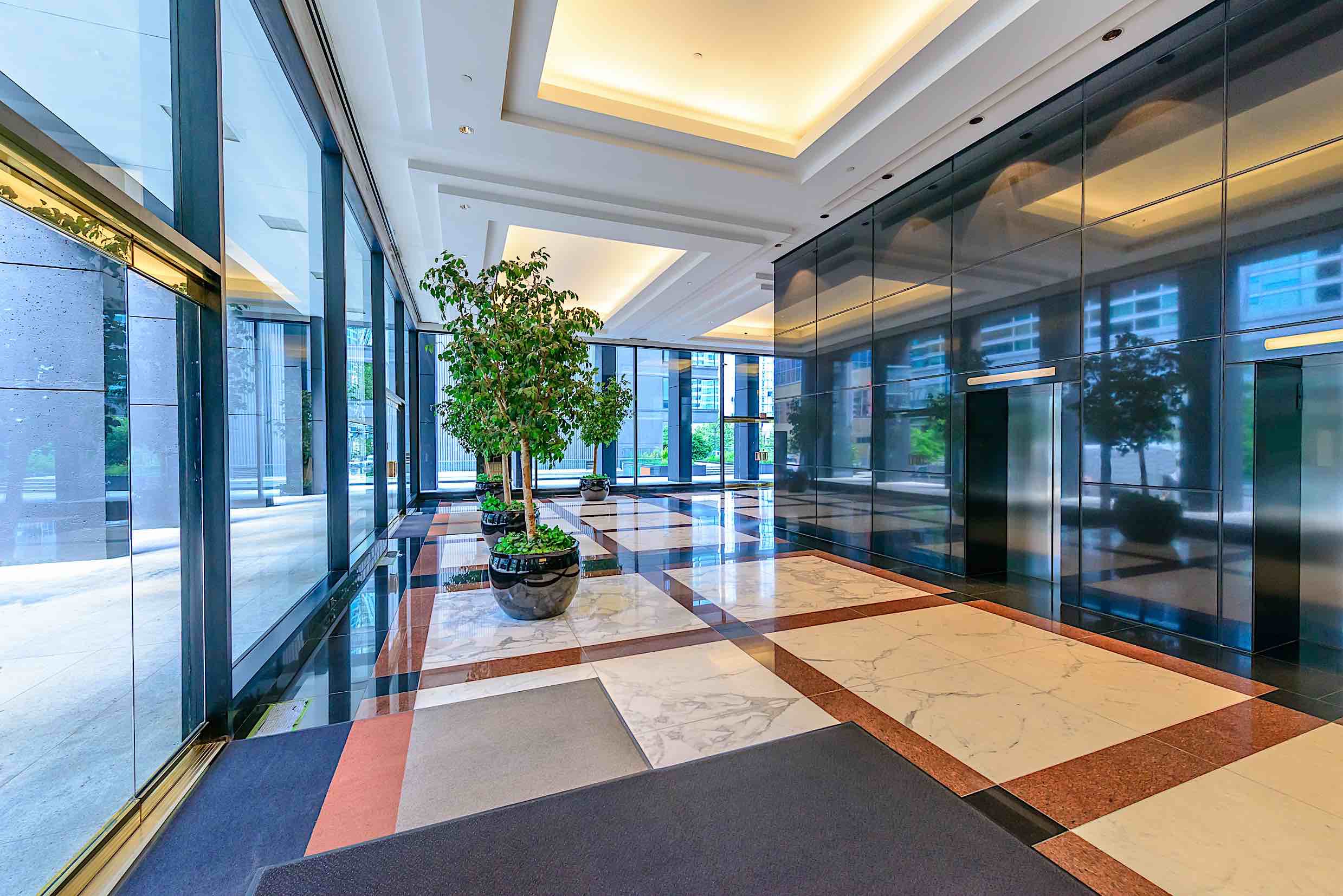If you’re a real estate investor, and you’ve got a few deals “under your belt,” you may start to think about adding commercial real estate investing to your resume. Unfortunately, you might have also been scared off by some of the misconceptions about commercial real estate: that the difficulty and expense that accompanies one when investing in commercial real estate doesn’t make it worth it’s while.
There’s no doubt that buying commercial property does carry with it risk, as does any other real estate investing strategy. But neglecting this powerful investing method deprives you of enjoying some major benefits that come with commercial real estate investing.
With that, here are four key reasons why commercial real estate should be on your investing radar and how it can help you possibly reach your investment goals faster than you thought possible.
Commercial Real Estate Investing 101

1. Less Competitive & More Investment Opportunities
Most people who invest in real estate tend to shun commercial properties in favor of residential offerings. This has made the commercial property niche less competitive while offering more investment opportunities across subcategories such as office, industrial, medical and startups. Some of these subcategories can be broken down further, meaning you can easily find opportunities that suit your investment needs.
And if there is one growing category, above all, it might be commercial properties in the tech space. Figures published by CBRE show tech firms in the U.S. accounted for the largest share of office leasing activity in 2016 at 18 percent.
In fact, tech firms have led all other sectors in office space leasing activity since 2013. Other sectors that accounted for at least 8 percent of office leasing activity over the same period (2013 to 2016) include financial services, healthcare/life sciences and business services.
In addition, the 2017 Americas Office Trends Report, also published by CBRE, forecasts strong office-using job growth across the U.S. This essentially means savvy investors who get in on the tech office act now could reap substantial returns in the near future.
2. Longer Leases
On average, residential property leases run for one year, with renewal periods as short as one month baked into the original agreement. This means residential property investors face significant turnover challenges, even in the best of markets.
On the other hand, commercial space leases run for an average of three years, according to research carried out by Colliers International. Figures from a report published by the National Association of Realtors in the fourth quarter of 2016 show that 60-month and 36-month leases accounted for 59 percent of the American commercial space leasing activity. One-year and two-year leases only accounted for 26 percent of this activity.
It’s worth noting that a majority of commercial leases tend to have longer renewal periods compared to residential leases. Some tenants, such as manufacturers, have even longer lease timeline requirements and this enables property investors to budget their future income and cash flow more accurately.
3. Higher Rent & CAM Charges
This might be the most attractive aspect of commercial real estate; the ability to charge higher rents than you ever could with a residential property. In some cases, tenants pre-commit to lease commercial space that is still under construction, with commitments starting as early as two years before the scheduled completion date.
Data from the CBRE shows that businesses have already grabbed 60 percent of industrial warehouse space scheduled for delivery by the end of 2018. Try getting that sort of income certainty from a residential property.
But rent isn’t the only source of cash flow that can be accumulated from commercial real estate. Commercial space owners can also charge tenants diverse fees, including Common Area Maintenance (CAM), to cover the cost of services such as garbage collection and disposal, which can help offset some of the budget-busting infrastructure costs that accompany commercial investing.
4. Tenant Improvements
With residential real estate investing, it’s quite common for a property to be about as perfect as it will be before tenants move in. (And gradually experience wear-and-tear as the years go by.) But with commercial real estate, some tenants will undertake improvements to enhance the value of commercial properties substantially. Common improvements include landscaping, painting, and installation of unique indoor décor.
In addition, some brands, especially popular companies, can boost the value of a property via association alone. For example, many tech entrepreneurs head to Silicon Valley for no reason other than it is the birthplace of Facebook, Uber and Stripe, and Twitter. This has caused asking prices for commercial space to rise sharply due to market demand.
But you don’t have to have a Facebook living in your backyard to take advantage of this. Simply having a popular cluster of businesses in a thriving area of your market can help improve an area’s reputation.
Keeping An Eye On Commercial
Though commercial real estate is not (generally) for the beginning investor, this does not mean it requires decades of experience or buckets of cash to execute properly. In fact, many of the systems that help you achieve a successful residential investing career will guide you in your commercial efforts.
What commercial real estate investing does require is doing your due diligence, and knowing your market (and what your eventual tenants are looking for) better than the competition. It also requires the vision to see big opportunities where others see big obstacles. If you’re able to do that consistently, you might just find these commercial real estate benefits added to your investing tool box.
